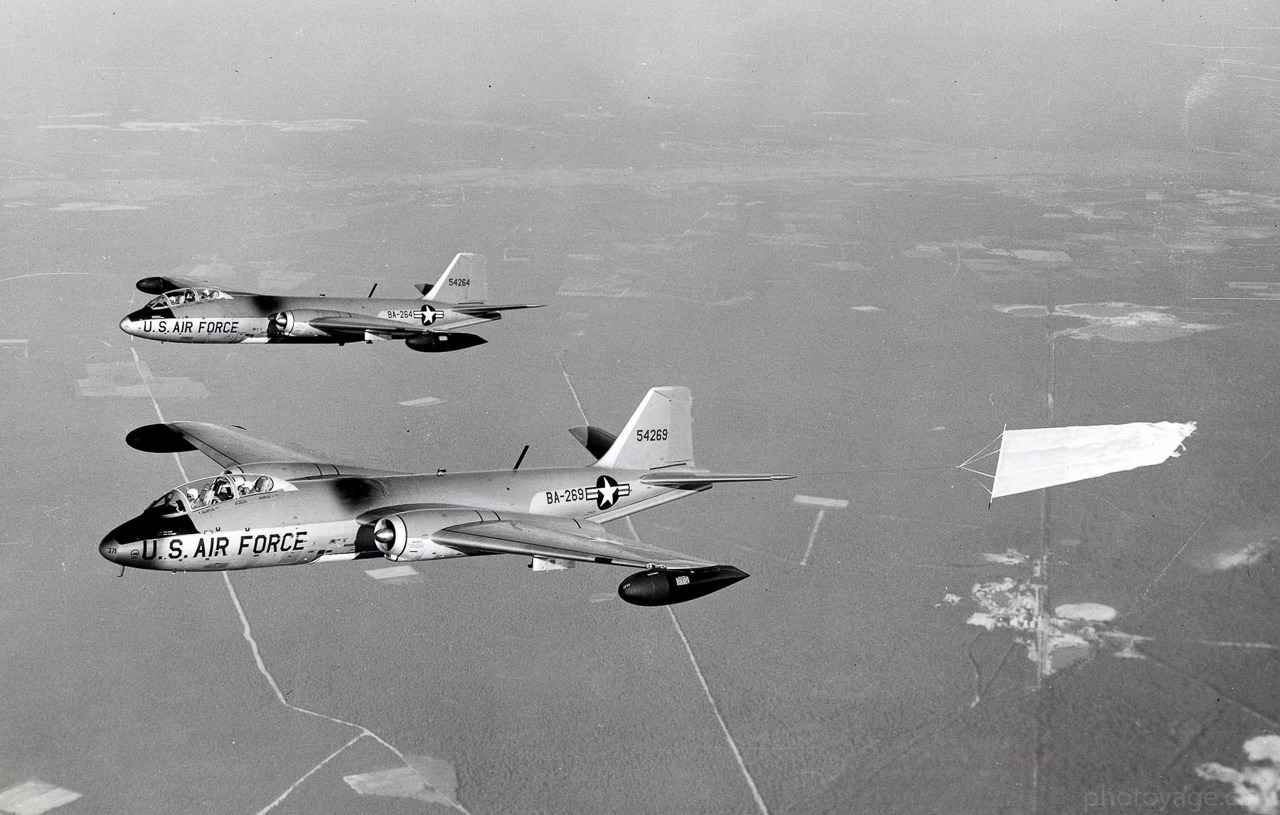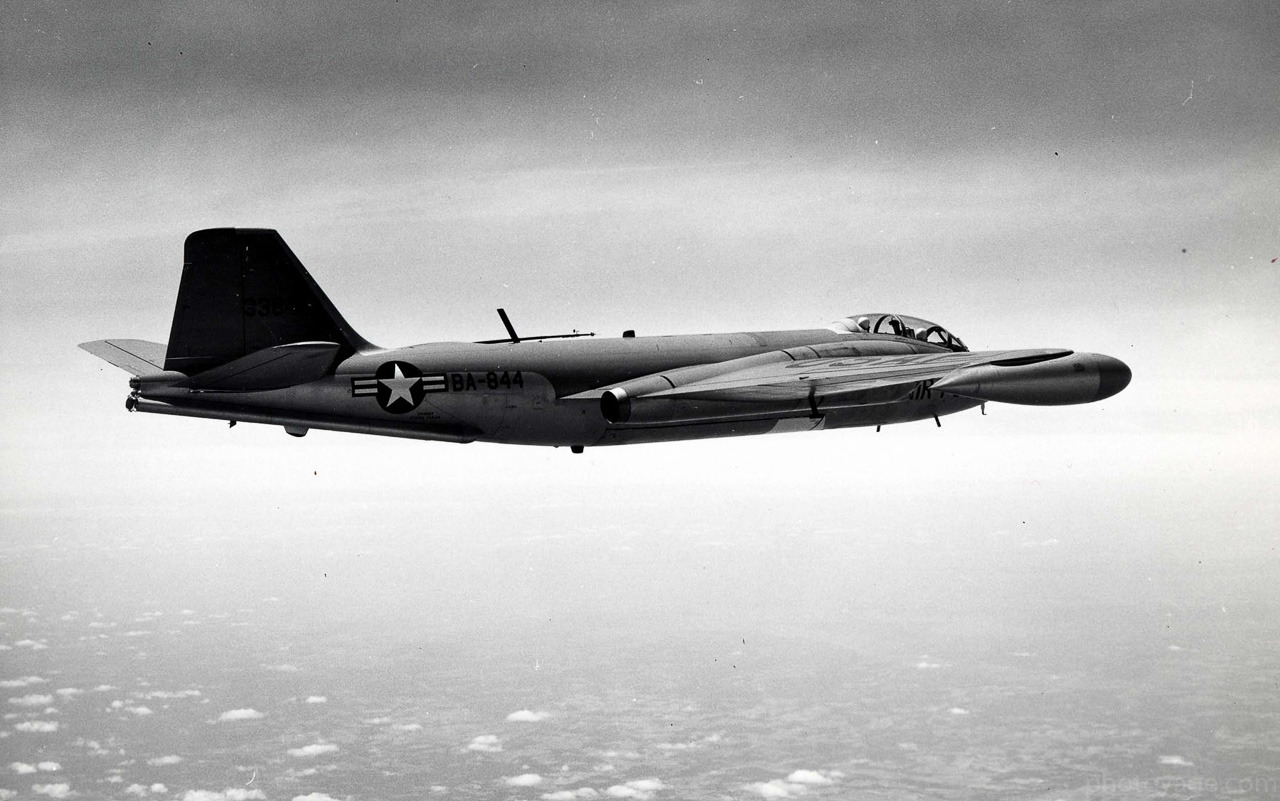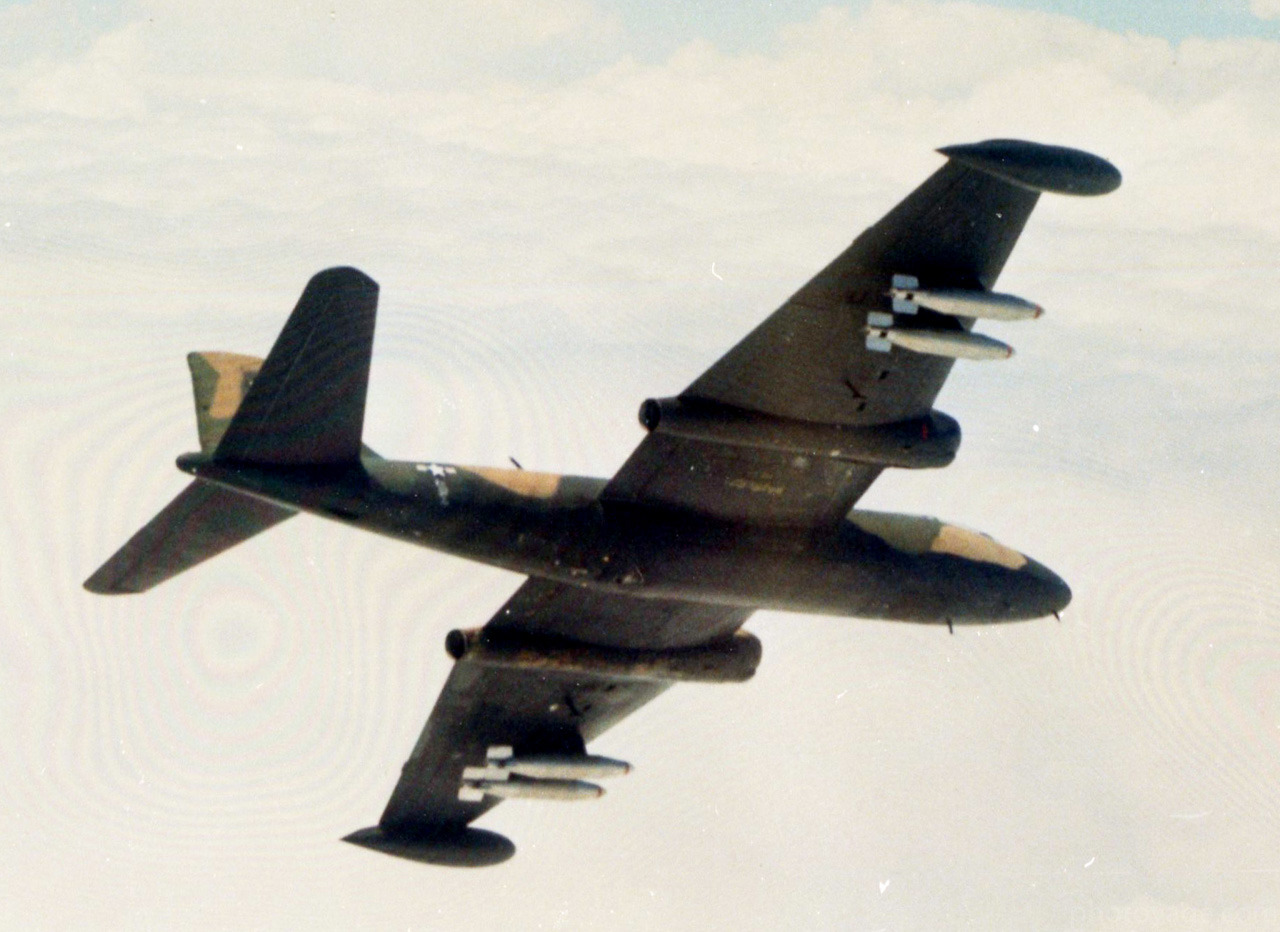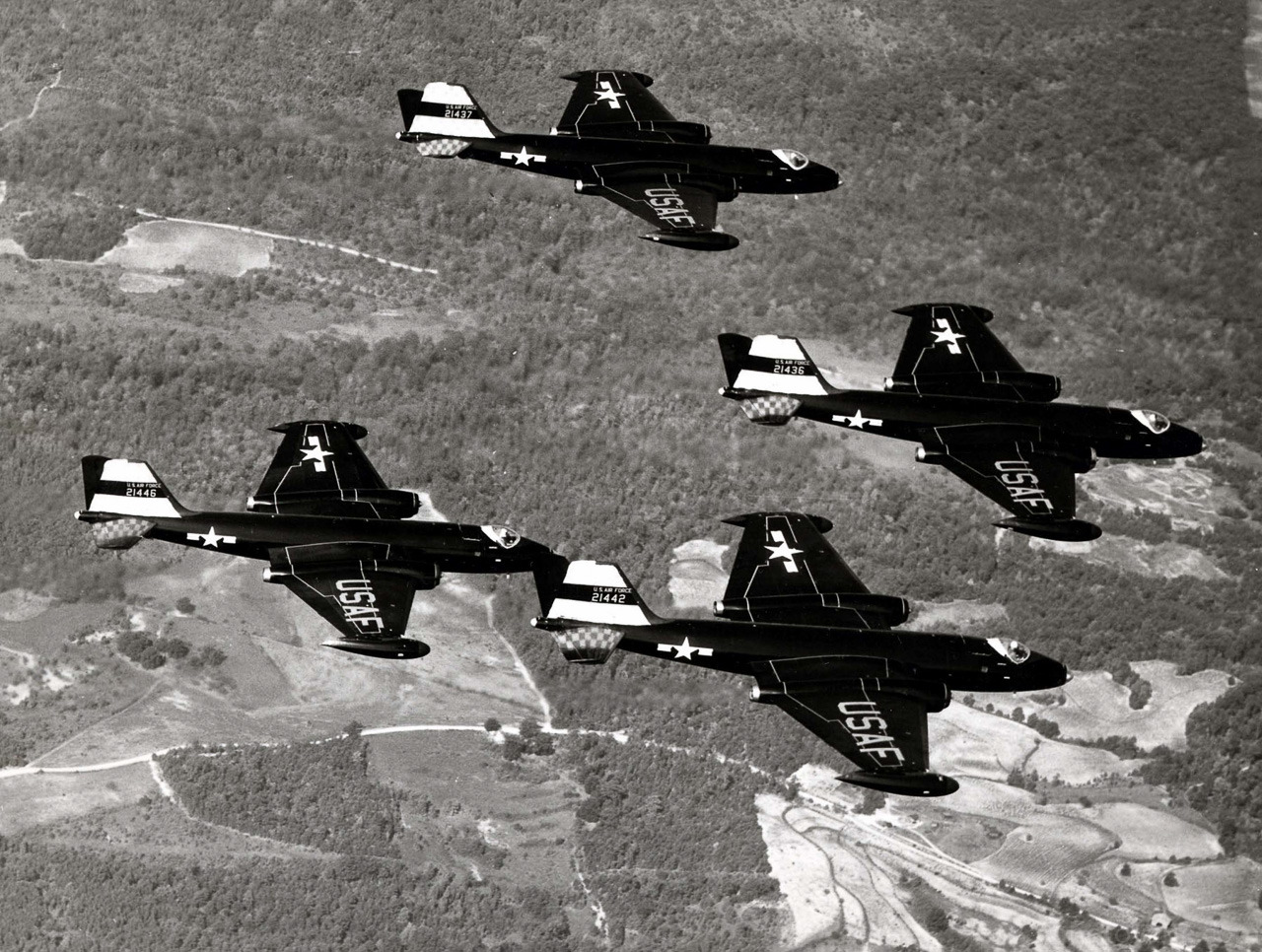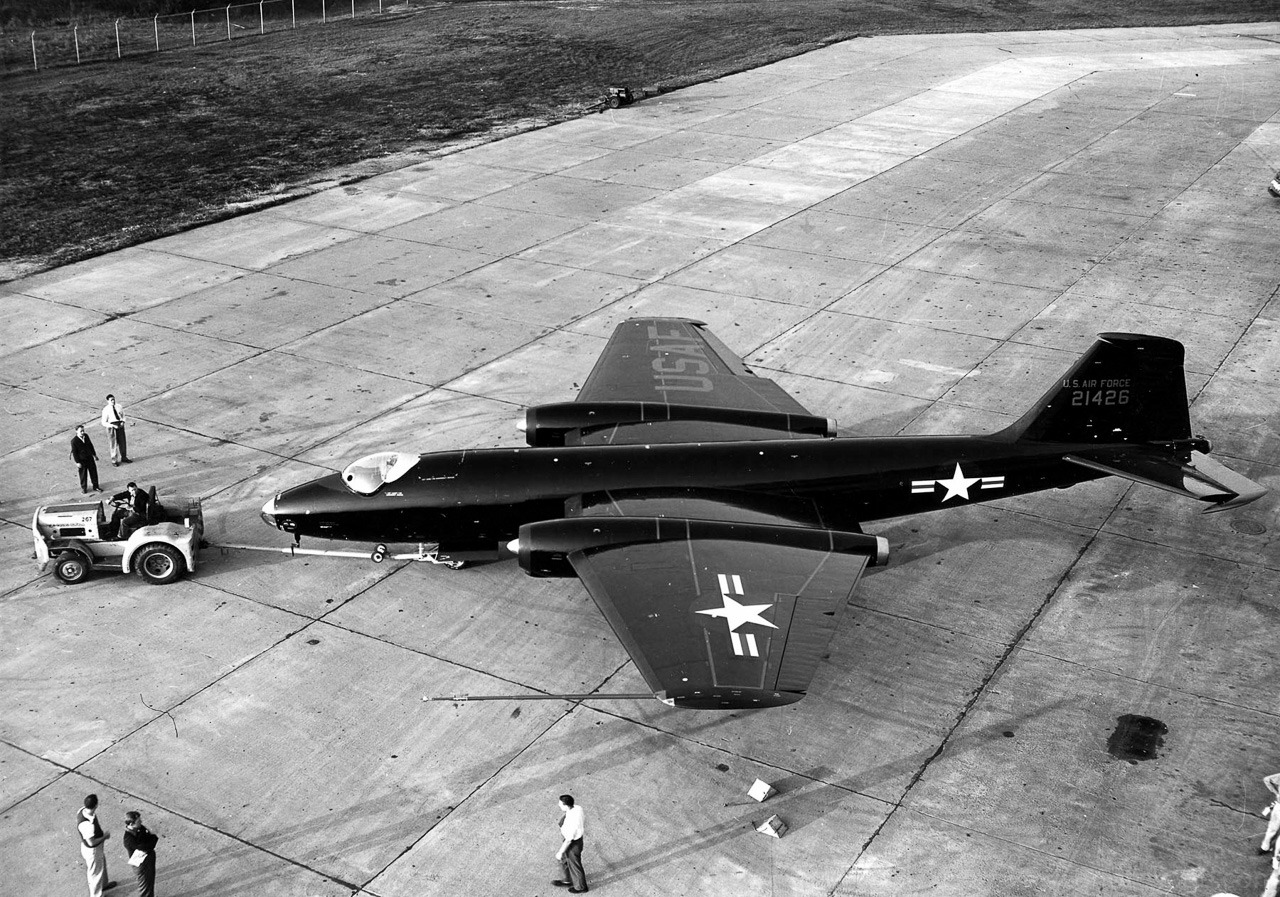Estás usando un navegador obsoleto. No se pueden mostrar estos u otros sitios web correctamente.
Se debe actualizar o usar un navegador alternativo.
Se debe actualizar o usar un navegador alternativo.
Todo sobre el EE/BAC Canberra
- Tema iniciado Mirage III
- Fecha de inicio
LINCE 101
Colaborador
Yo tampoco
Por eso me sorpredió Don bigua
ahi en el texto dice que era solo de practica, pues dice que nunca fue húmeda.
Teorizando, Ud que ha voló Canberras, sería posible una sonda así totalmente operativa?
También hubo una versión a Radio Control usado para evaluaciones mas peligrosas en vuelo, evidentemente esta aeronave era muy polivalente, incluso FRANCIA lo uso para vuelo de comprobación en su Centro de Ensayos en Vuelo con equipos franceses e ingleses.-
Si,no habría problemas,sería como las sondas colocadas y en operacion en otros aviones .Yo tampoco
Por eso me sorpredió Don bigua
ahi en el texto dice que era solo de practica, pues dice que nunca fue húmeda.
Teorizando, Ud que ha voló Canberras, sería posible una sonda así totalmente operativa?
Las sondas colocadas en otros aviones tienen un diseño dentro del avion muy practico,todo a la vista hasta el manifold de combustible.
Aqui en el WH876 se vé que el sistema pasa por arriba de la puerta de ingreso,mantiene el recorrido por el fuselaje derecho e ingresa al primer tanque de combustible que estaba ubicado por detras del manparo que separa el puesto de navegador,es decir por arriba del portabombas.
Don biguaSi,no habría problemas,sería como las sondas colocadas y en operacion en otros aviones .
Las sondas colocadas en otros aviones tienen un diseño dentro del avion muy practico,todo a la vista hasta el manifold de combustible.
Aqui en el WH876 se vé que el sistema pasa por arriba de la puerta de ingreso,mantiene el recorrido por el fuselaje derecho e ingresa al primer tanque de combustible que estaba ubicado por detras del manparo que separa el puesto de navegador,es decir por arriba del portabombas.
Realmente una explicación magnifica.
Muchas gracias
Amigos
Mis fotos del Canberra B-101 en la ESFA, de adentro y afuera


Después mas fotos
Saludos
Mis fotos del Canberra B-101 en la ESFA, de adentro y afuera


Después mas fotos
Saludos
Última edición:
LINCE 101
Colaborador
Amigos
Mis fotos del Camberra B-101 en la ESFA, de adentro y afuera


Después mas fotos
Saludos
Facu cuando anduviste x el Hangar? y una pequeña corrección es con N...es muy normal lo escriban con M.-
Facu cuando anduviste x el Hangar? y una pequeña corrección es con N...es muy normal lo escriban con M.-
Papelón!!! ya corregido
El 10 de Noviembre, visita del CTPAN Rosario
Saludos
LINCE 101
Colaborador
Papelón!!! ya corregido
El 10 de Noviembre, visita del CTPAN Rosario
Saludos
De haber sabido iba un ratito a verte y energizarte el B-101
LINCE 101
Colaborador
nada de aclarar estimado aca nadie es un magister en lengua.-Papelón!!! ya corregido
El 10 de Noviembre, visita del CTPAN Rosario
Saludos
De haber sabido iba un ratito a verte y energizarte el B-101
Uh...... bueno para la próxima!!!!!! y va a ser pronto!!! me quedaron muchas pendientes
Saludos
Derruido
Colaborador
http://www.bywat.co.uk/wh876.htmlSu esquema de pintura es un B-2 para evaluacion de armamento,nunca habia visto uno con sonda.Un muy buen hallazgo.
Tiene anulado el tubo pitot en el morro.
No era operado con Navegador.Se lo empleaba para testear asientos eyectables MB.

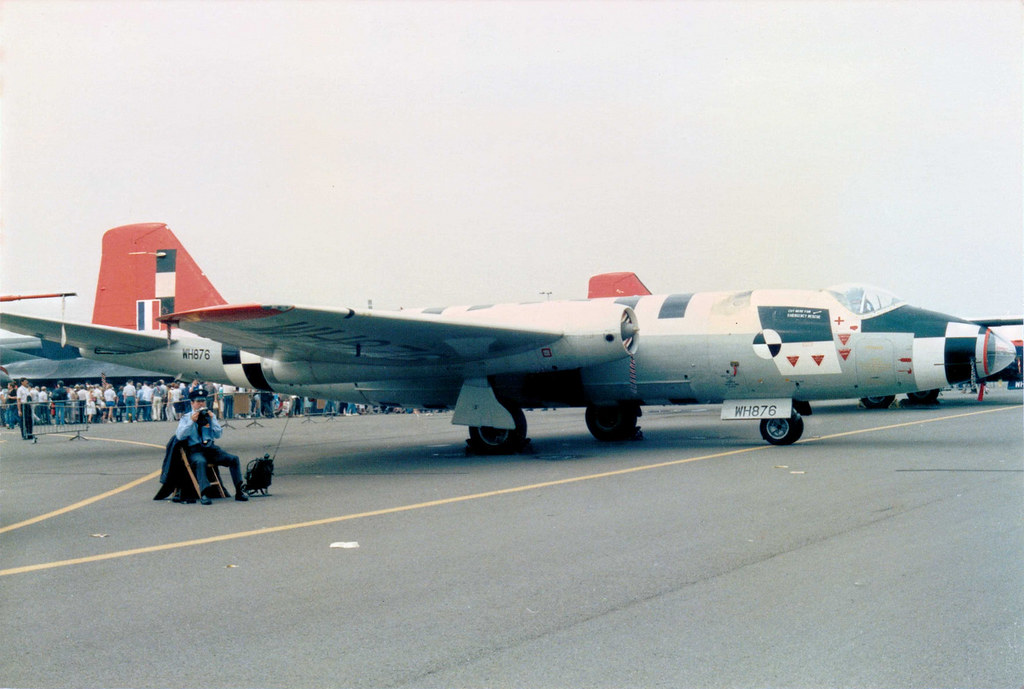

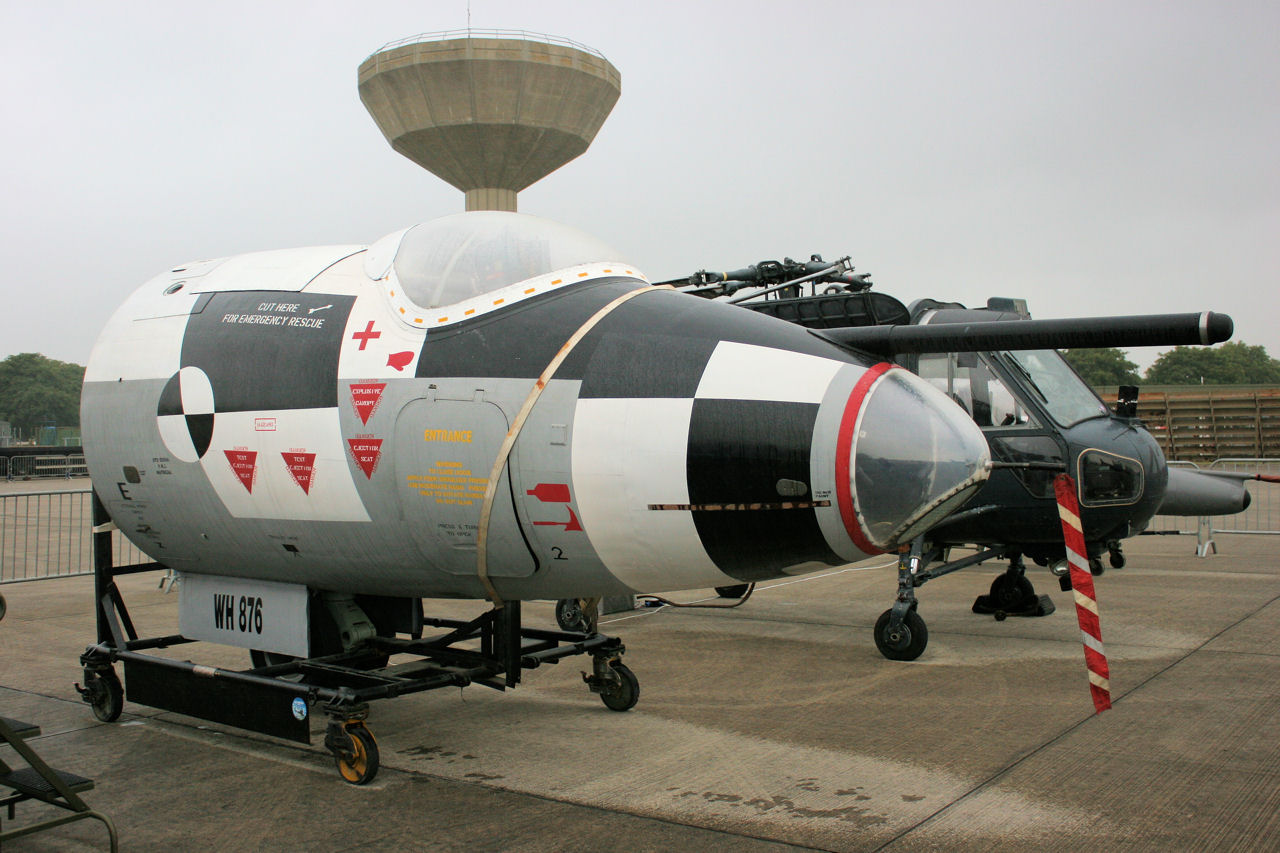

B.2 - WH876

The cockpit section of WH876 at Boscombe Down - 2001
(Photo : Tom McGhee)

Mark Ray's picture of WH876
(Photo : Mark Ray)

WH876 as a Mk U.10 in A&AEE colours. (Photo : Unknown)

With Martin Baker on ejection seat tests. (Photo : Unknown)
Ready for collection in October 1953, this B.2 was taken into RAF charge with 115 Sqd, newly reformed with Canberras in January 1954 at RAF Marham. Between then and September 1960 it was transferred onto 207 Sqd (also at Marham) and the 73 Sqd in Akrotiri. WH876 was transferred to the charge of the Ministry of Aircraft in September 1960 where it stayed until being flown to Shorts Brothers, Belfast. There it was converted into a Mk U.14 radio controlled aircraft. It first flew in this configuration on 10 September 1961.
WH876, in U.14 configuration, was used as a pilotless drone target by 728B Squadron. This was a Royal Navy squadron, at Hal Far, Malta, who flew these target drone Canberras on guided missile trials [Seacat and Seaslug]. WH876 was numbered "595" whilst with the RN. The Canberras, six of them, were painted all-over white with wide black bands around the outer part of the wings. The navy only managed to shoot down one of the six - WH921 ("590") - brought down by a missile fired by HMS Girdle Ness on 6 October 1961. Having survived the Navy(!), WH876 returned to the UK in December 1961 where it was put into store at Pershore.
During 1963, WH876 was re-worked as a B.2 with the removal of the radio controll equipment and joined the Bomber Maritime Test Squadron at the A&AEE in March 1964. It was used mostly for target towing although by 1971, an in-flight refueling nose probe had been fitted - but this was never a "wet" system. In the mid 1970s, WH876 was carrying out ejector seat tests with the A&AEE at Boscombe Down having replaced WJ638 which had been used previously. It remained at Boscombe until it was transferred to Martin Baker at Chalgrove in mid 1985 to carry out work on parachute trials.
Returning to Boscombe Down in 1988, WH876 was put into storage again and was finally dismantled there in 1990.
En ésta página se puede ver como se eyecta un asiento de prueba
Temas similares
- Respuestas
- 1
- Visitas
- 790
- Respuestas
- 5
- Visitas
- 2K
- Respuestas
- 4
- Visitas
- 3K
- Respuestas
- 8
- Visitas
- 2K



